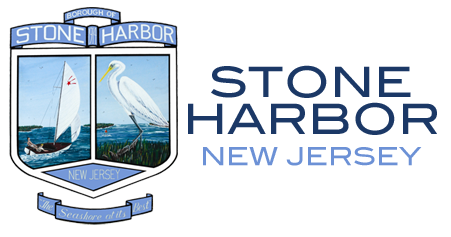Update: Stone Harbor To Receive Complete Beach Fill Project
Project to provide added protection/recreation; comes at no cost to the Borough
(Stone Harbor, NJ)— Stone Harbor officials have learned that the ongoing beach nourishment project will now involve the entire beachfront. The Borough has successfully negotiated a new agreement that will result in a fully restored beach along the entire community that will be provided at no cost to the municipality.
“I am elated that we have been able to greatly expand this year’s beach fill project to include the entire length of the Borough”, said Stone Harbor Mayor Suzanne Walters. “This project will restore the entire Stone Harbor beachfront to the federal template and provide our community with a recreational beach and a high level of property protection for years to come”.
The Stone Harbor beach fill project began in the middle of April but was put on hold for more than two weeks due to strong easterly winds that made it impossible for the dredge to remain in Hereford Inlet. During the delay, the Borough successfully negotiated with the United States Army Corps of Engineers to retain the services of Norfolk Dredging Company through the summer months to fully restore the Borough’s beachfront to conditions that existed before both hurricanes Irene and Sandy. This newly expanded project will result in nearly 700,000 cubic yards of new sand being placed on the beaches, south to north, in the coming months.
By contract, Norfolk Dredging Company will continue to pump sand, when conditions permit, onto the Stone Harbor beachfront until the beginning of June. The dredge will cease operations in Stone Harbor to do a smaller beach fill project in neighboring North Wildwood; when that project is finished the dredge will pick up the beach fill project in Stone Harbor and work continuously until completion. Thisexpanded beach fill project will work south to north and nourish all of the beaches in Stone Harbor up to the border with neighboring Avalon.
“Stone Harbor is extraordinarily fortunate to be able to expand a critical beach fill project that involves our entire beachfront at no cost to our local taxpayers”, Mayor Walters said. “The Borough will be able to easily manage this beach fill project while keeping our beaches open during the busy summer tourism season. Especially following Hurricane Sandy, our residents and visitors truly appreciate this opportunity for a brand new protective beachfront”.
All beach blocks will remain open during this beach fill project except in the immediate area where the dredge is pumping new sand onto the beaches. As the project moves north along the Stone Harbor beachfront, temporary crossovers will be constructed to guarantee beach access. Only the immediate block or two of where the sand is being pumped will be temporarily closed for a day or two as new sand is being pumped onto the beach. The dredge will operate 24 hours a day and only cease operations for unsafe conditions or mechanical failure.
Borough officials attend weekly progress meetings on this beach fill project. Updates are available at www.stone-harbor.nj.us and on the Borough’s public access television station Channel 2.



